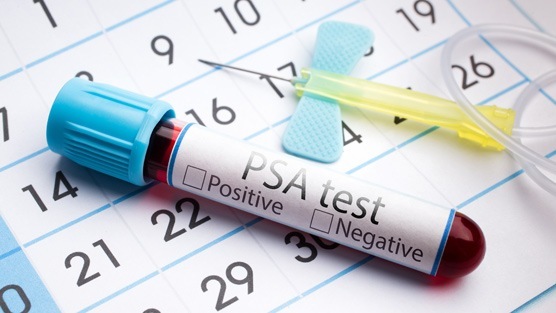New advances in treatment options for Chronic Lymphocytic Leukemia (CLL) were examined in the presentation given by Alison Duffy, PharmD, of the Maryland University School of Pharmacy, at the 2019 Hematology/Oncology Pharmacy Association Annual Conference in Fort Worth, TX.
CLL is the most common leukemia diagnosed in adults, resulting in approximately 20,720 new cases each year. The cancer is caused by the uncontrolled proliferation of certain white blood cell, called lymphocytes, and initially starts in the bone marrow, before spreading to the blood. There is a consensus that two different types of CLL exist: a slow-growing type and a more aggressive form. It is believed that a deletion in the chromosome 17p of the TP53 gene (del(17p)/TP53) is associated with a poor prognosis.
According to the presentation, treatment options for CLL have evolved over the last five years and have advanced in many areas such as chemotherapy, to immunotherapy, to chemoimmunotherapy, as well as to small molecule inhibitors, and relatively recently, a combination of small molecule inhibitors and chemoimmunotherapy/immunotherapy. Different treatment options are often required in CLL association with del(17p)/TP53 due to response rates. Ibrutinib (a tyrosine kinase inhibitor) and the combination of venetoclax (BCl2 inhibitor) and rituximab (anti-CD20) are category 1 and considered the preferred treatment both patients with and without del(17p)/TP53.
Moreover, toxicities are a concern with treatment, which may result in poor patient adherence. In general, ibrutinib has been associated with hypertension, atrial fibrillation, infections, bleeding, tumor lysis syndrome, neutropenia, thrombocytopenia, anemia, and secondary malignancy. Venetoclax possesses similar cytopenic toxicities with additional association with nausea/vomiting and diarrhea. Infections are an important consideration since they may be both intrinsic to CLL and associated with therapy. Treatment-related lymphocytosis is also associated with ibrutinib, which is temporary and not considered a sign of disease progression.
Understanding the role of the health system pharmacist is important in identifying drug toxicities, adverse event management, drug interactions, administrative considerations, antimicrobial prophylaxis, infectious complications, multidisciplinary collaboration, patient activation and communication, as well as financial barriers and medication access. Furthermore, the financial barriers could be particularly concerning in the treatment of CLL, as the 30-day cost of therapy can be as high as $16,876.80 for certain medications. This notable financial burden results in prescription abandonment, decreased adherence, treatment delay, financial debt, potential bankruptcy, decreased quality of life, and suboptimal disease outcome.
Duffy concluded that the treatment options for CLL are in a constant state of evolution. Ibrutinib appears to be the most effective treatment for all patients regardless of the presence of del(17p)/TP53, in addition to the combination of venetoclax and rituximab. CLL therapy may result in a variety of toxicities, in addition to running the patient several thousands of dollars per month. Both considerations can be better addressed through understand the role of the health system pharmacist.
Duffy A. Current and Emerging Treatment Standards for Patients with Chronic Lymphocytic Leukemia (CLL). Presented at the Hematology/Oncology Pharmacy Association Annual Conference; April 3-6, 2019; Fort Worth, TX.





 © 2025 Mashup Media, LLC, a Formedics Property. All Rights Reserved.
© 2025 Mashup Media, LLC, a Formedics Property. All Rights Reserved.